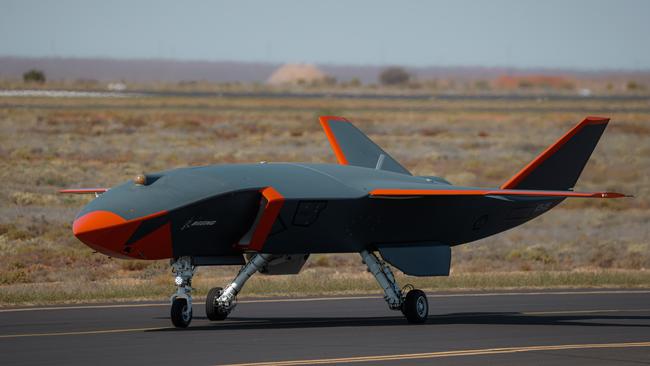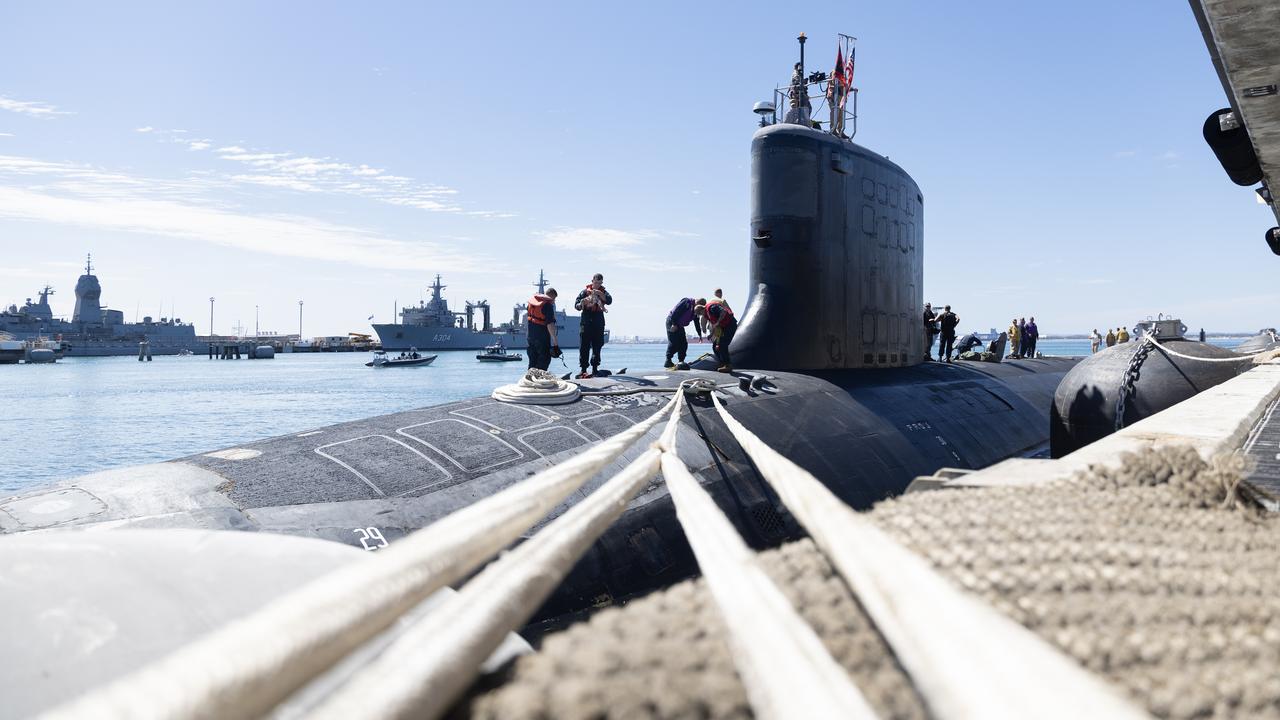Australia’s key role in developing uncrewed combat jets
During the course of last year, a new term entered the defence lexicon – the Collaborative Combat Aircraft, or CCA. It’s a disruptive technology, it’s new and it’s something that is being introduced into the battlespace.

During the course of last year, a new term entered the defence lexicon in Australia – the Collaborative Combat Aircraft, or CCA.
A CCA is an uncrewed combat jet that is relatively cheap to build, but can fulfil a similar set of missions to manned fighter jets using technologies such as artificial intelligence to allow them to be remotely piloted or capable of operating autonomously.
Previously known as Airborne Teaming Systems, Loyal Wingmen or Unmanned Combat Air Vehicles (CAVs), CCAs are intended to operate alongside existing assets as a force multiplier.
But while the term may be new, the concept isn’t and such platforms have been under development for at least a decade.
Here in Australia, Boeing Defence Australia (BDA) unveiled its Loyal Wingman concept at the Avalon Air Show in 2019 and has since completed 10 “Block 1” aircraft, now named the MQ-28A Ghost Bat, under a collaborative development program with the Royal Australian Air Force.
“The MQ-28A extends sensors, increases weapons effects, expands situational awareness and provides affordable combat mass to the battle space,” BDA’s managing director Amy List said.
“These platforms allow us to provide rapid capability insertion, changing the mission of the aircraft quickly and reducing risk to crewed assets while improving their effectiveness on the battlefield.
“It’s a disruptive technology; it’s new and it’s something that is being introduced into the battlespace.
“I’m often asked the question about what it’s replacing; it’s not replacing a capability, it’s enhancing the capabilities that are already there on the battlefield, providing levels of situational awareness the crewed platforms will not have seen before.”
The MQ-28A program achieved a major milestone with the maiden flight of the first aircraft from Woomera in 2021 and testing is now focused on the integration of various sensors. An important test of its capabilities will occur this year, when Ghost Bat operates as part of a multi-aircraft package alongside other RAAF aircraft.
“We’ll have multiple aircraft airborne (including) airborne targets and we’ll prove the design reference missions the air force has asked us to achieve,” BDA’s director of MQ-28 Global Program, Glen Ferguson, explained.
Work is now under way to complete an additional three “Block 2” Ghost Bats, which will feature further operational utility and incorporate lessons learned during Block 1 testing.
The first of these latest aircraft is expected to fly before the end of the year.
One of the key pillars the Ghost Bat program was founded on is the potential to export the capability – and in particular to Australia’s Five Eyes partners, Canada, New Zealand, the US and the UK. But these plans suffered something of a setback in 2024 when the US Air Force released its requirements for the first increment of a domestic CCA program.
While Boeing did not provide any details, it did not offer Ghost Bat and in the end, it submitted a proposal for another (undisclosed) in-house solution.
In April 2024, the US Department of Air Force made the decision to continue funding for two different CCA aircraft, selecting General Atomics and Anduril to proceed to the design, manufacture and testing phase of the program.
The two platforms, since named the YQF-42A and YQF-44A Fury respectively, would therefore seem to have gained an important lead in any future CCA order from one of the three US armed forces.
In the meantime, funding for Australia’s Ghost Bat program is understood to end with the delivery of the three Block 2 aircraft. Unless further provisions are made in the coming defence budget, the program may be facing a bleak future.


